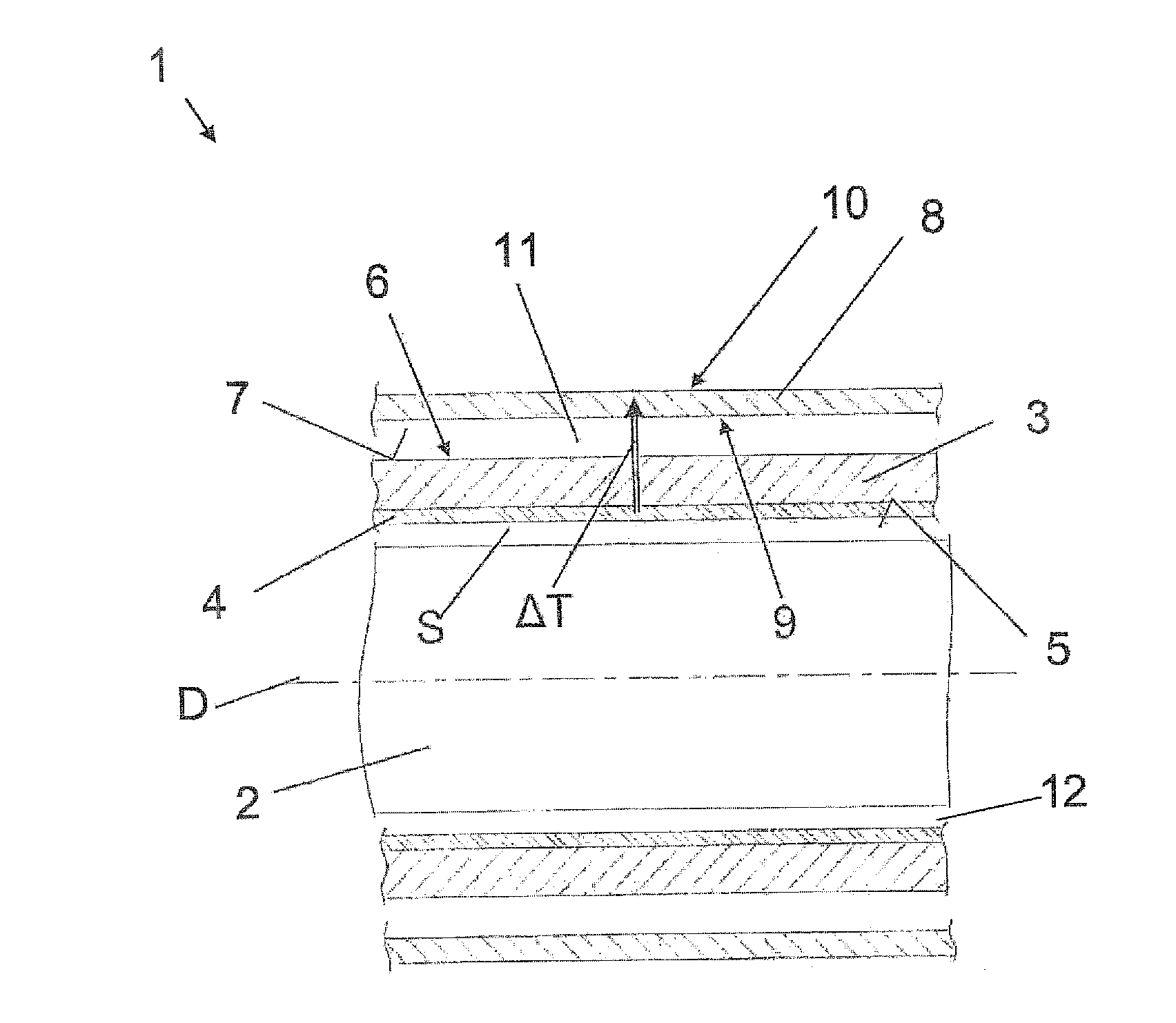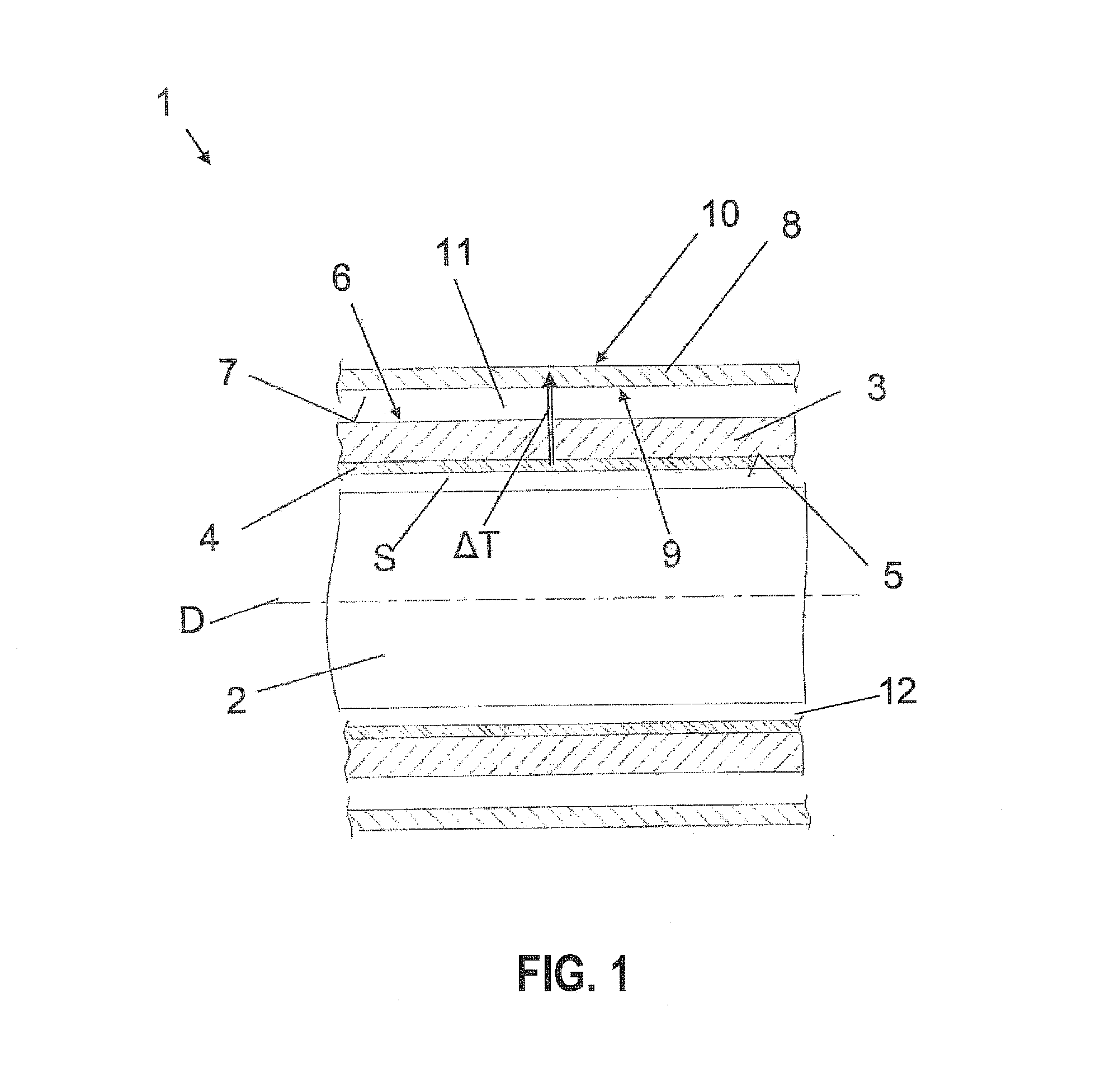Pressure wave supercharger
a supercharger and current pressure wave technology, applied in the direction of machines/engines, non-positive displacement fluid engines, pump installations, etc., can solve the problems of adversely affecting the efficiency of the pressure wave supercharger, current pressure wave superchargers encounter problems, etc., to achieve rapid heat up, reduce the effect of heat energy consumption
- Summary
- Abstract
- Description
- Claims
- Application Information
AI Technical Summary
Benefits of technology
Problems solved by technology
Method used
Image
Examples
Embodiment Construction
[0023]The depicted embodiment is to be understood as illustrative of the invention and not as limiting in any way. It should also be understood that the figure is not necessarily to scale. In certain instances, details which are not necessary for an understanding of the present invention or which render other details difficult to perceive may have been omitted.
[0024]Turning now to FIG. 1, there is shown a simplified sectional cutaway view of a pressure wave supercharger according to the present invention, generally designated by reference numeral 1. The pressure wave supercharger 1 includes an internal rotor 2 and a rotor casing 3 in surrounding relationship to the rotor 2. At operation, the rotor 2 rotates rotationally-symmetrical about a rotation axis D. The rotor casing 3 is securely fixed to an internal combustion engine (not shown). Provided between the rotor 2 and the rotor casing 3 is a gap 12 which can be dimensioned in accordance with the present invention as minimally as p...
PUM
 Login to View More
Login to View More Abstract
Description
Claims
Application Information
 Login to View More
Login to View More - R&D
- Intellectual Property
- Life Sciences
- Materials
- Tech Scout
- Unparalleled Data Quality
- Higher Quality Content
- 60% Fewer Hallucinations
Browse by: Latest US Patents, China's latest patents, Technical Efficacy Thesaurus, Application Domain, Technology Topic, Popular Technical Reports.
© 2025 PatSnap. All rights reserved.Legal|Privacy policy|Modern Slavery Act Transparency Statement|Sitemap|About US| Contact US: help@patsnap.com


